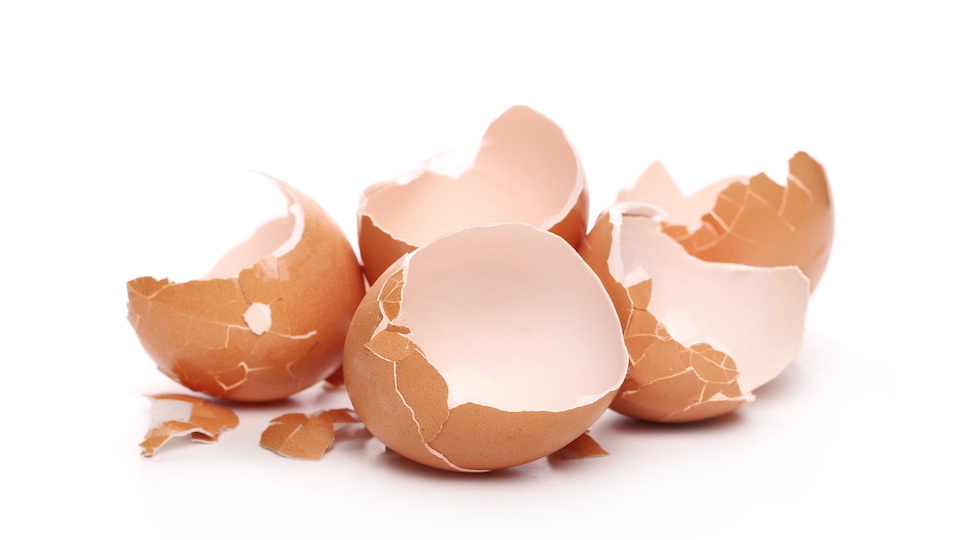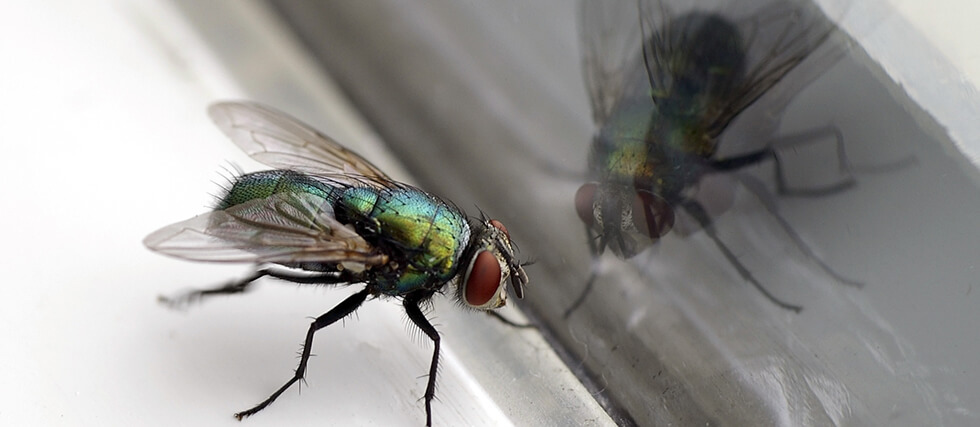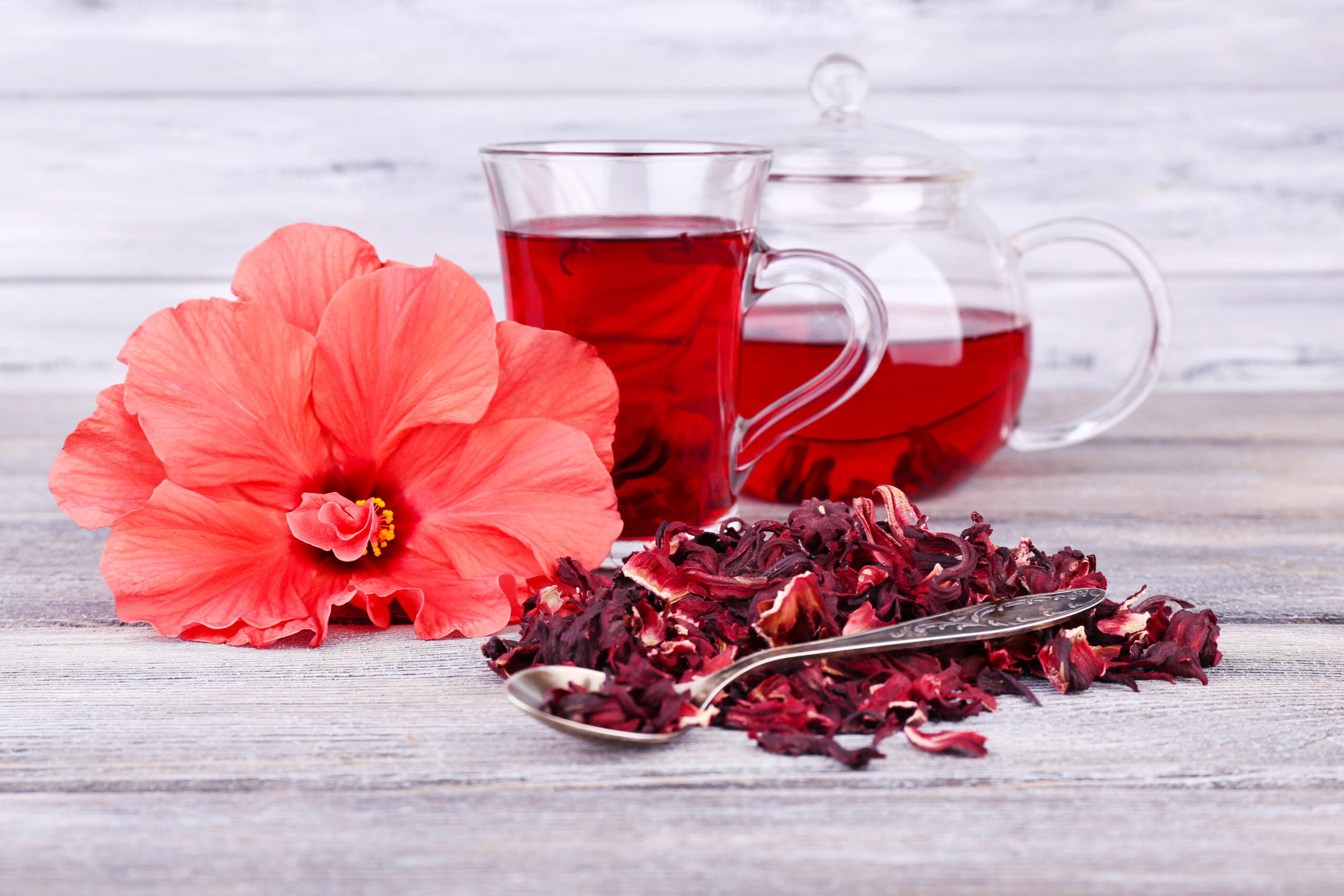We often associate sunlight with warmth, relaxation, and vitamin D, but did you know that it also plays a crucial role in keeping your brain healthy? Sunlight exposure has been linked to improved mood, better sleep, and enhanced cognitive function. In a world where people spend more time indoors than ever before, getting enough sun can be a simple yet powerful way to boost your mental well-being.
In this article, we explore why stepping outside for some sunshine can be one of the best things you do for your brain.
A Society That Fears the Sun: The Hidden Cost to Brain Health
In today’s modern world, we have been conditioned to fear the sun. Warnings about skin cancer, sunburn, and premature aging have led many people to avoid sunlight altogether. While protecting yourself from excessive sun exposure is important, the widespread fear of sunlight has contributed to a decline in overall brain health.
People spend more time indoors than ever before, glued to screens and artificial lighting. This lifestyle shift has led to increased rates of depression, disrupted sleep patterns, and lower vitamin D levels, all of which negatively impact brain function. Instead of fearing the sun, we should adopt a balanced approach – enjoying moderate sun exposure while taking necessary precautions. Our ancestors thrived under the sun, and our brains are wired to benefit from it. Avoiding it completely does more harm than good.
How Sunlight Benefits Your Brain
Scientific research continues to reveal how stepping outside for even a short period each day can boost cognitive health and emotional stability. Let’s take a closer look at the specific ways sunlight can benefit your brain.
Boosts Vitamin D Levels
Sunlight is the best natural source of vitamin D, a crucial nutrient for brain health. Vitamin D plays a key role in mood regulation, reducing the risk of depression, and supporting cognitive function. Low levels of vitamin D have been linked to cognitive decline and an increased risk of neurodegenerative diseases like Alzheimer’s.
Enhances Mood and Fights Depression
Sunlight exposure triggers the production of serotonin, a neurotransmitter responsible for boosting mood and reducing anxiety. Lack of sunlight, especially during winter months, can lead to Seasonal Affective Disorder (SAD), a form of depression that occurs due to insufficient light exposure.
Regulates Sleep and Circadian Rhythm
Exposure to natural light in the morning helps regulate your body’s internal clock, also known as the circadian rhythm. This promotes healthy sleep patterns by increasing melatonin production at night, ensuring restful and high-quality sleep, which is essential for memory and mental clarity.
Increases Brain Energy and Alertness
Sunlight exposure stimulates the release of nitric oxide in the body, which can improve blood flow to the brain. This increased circulation enhances cognitive function, sharpens focus, and keeps your brain energized throughout the day.
Supports Neurotransmitter Function
Sunlight helps in the production of dopamine, a neurotransmitter responsible for motivation, reward, and pleasure. Higher dopamine levels contribute to better concentration and mental resilience, making you feel more engaged and productive.
Best Time to Get Your Daily Dose of Sunshine
While sunlight is beneficial, the timing and duration of exposure matter. Here’s how you can maximize its benefits while protecting yourself from overexposure:
- Morning Sunlight (Best Time) – The ideal time to soak up the sun is in the early morning, within the first hour or two after sunrise. Morning light helps set your circadian rhythm, enhances alertness, and provides a healthy dose of vitamin D without excessive UV exposure.
- Midday Sunlight (Moderation is Key) – Around midday, sunlight provides the highest levels of vitamin D. However, extended exposure during this time can lead to skin damage. If you go out, limit your time and use organic sun protection if needed.
- Afternoon Sunlight (Use Caution) – The afternoon sun can be harsh, leading to potential risks like sunburn and dehydration. If you’re outside, seek shade, wear protective clothing, and stay hydrated.
A Daily Dose of Sunshine for a Sharper Mind
Sunlight isn’t just about getting a tan – it’s a natural brain booster that enhances mood, sharpens focus, and improves overall cognitive function. By stepping outside for some morning sunshine and taking precautions against overexposure, you can harness the power of the sun to keep your brain strong and resilient.
Make it a habit to soak up some rays each day. Not only will you feel better, but your brain will thank you!













